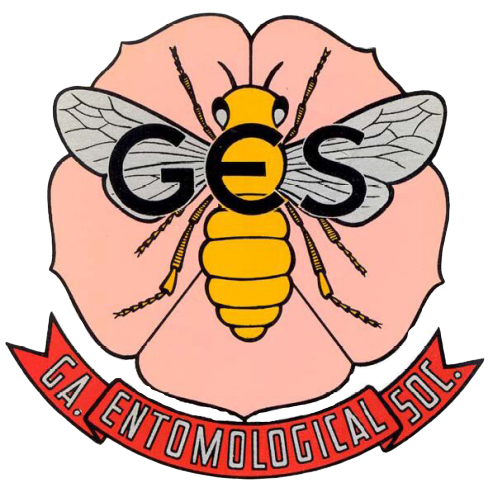Seasonal Occurrence and Abundance of Lepidopterous Pests and Associated Parasitoids on Collards in the Northwestern United States
The three key lepidopterous pests of cruciferous crops, Artogeia rapae (L.), Plutella xylostella (L.), and Trichoplusia ni (Hübner) were monitored throughout the growing season at several locations in Washington and Oregon in 1986 and 1987 on collard plants. Populations of these pests differed markedly from location to location and between years. Artogeia rapae was the most abundant, P. xylostella was next in abundance, and T. ni the least abundant and on many dates it was not observed. Seven species of parasitoids were recovered and rates of parasitization varied significantly over time and among locations. Diadegma insulare (Cresson) was the most abundant parasitoid of P. xylostella. It parasitized up to 100% (range 0–100) and accounted for 74–100% of the total parasitization. Cotesia rubecula Marshall was the dominant species attacking A. rapae in Washington (0–50% parasitization) and accounted for 32–100% of the total parasitization. The only parasitoid species recovered from T. ni was Voria ruralis (Fallen) which parasitized from 0–14% of the larvae.
Contributor Notes
2 Oregon State University, Agricultural Research and Extension Center, Box 105, Hermiston, OR 97838
